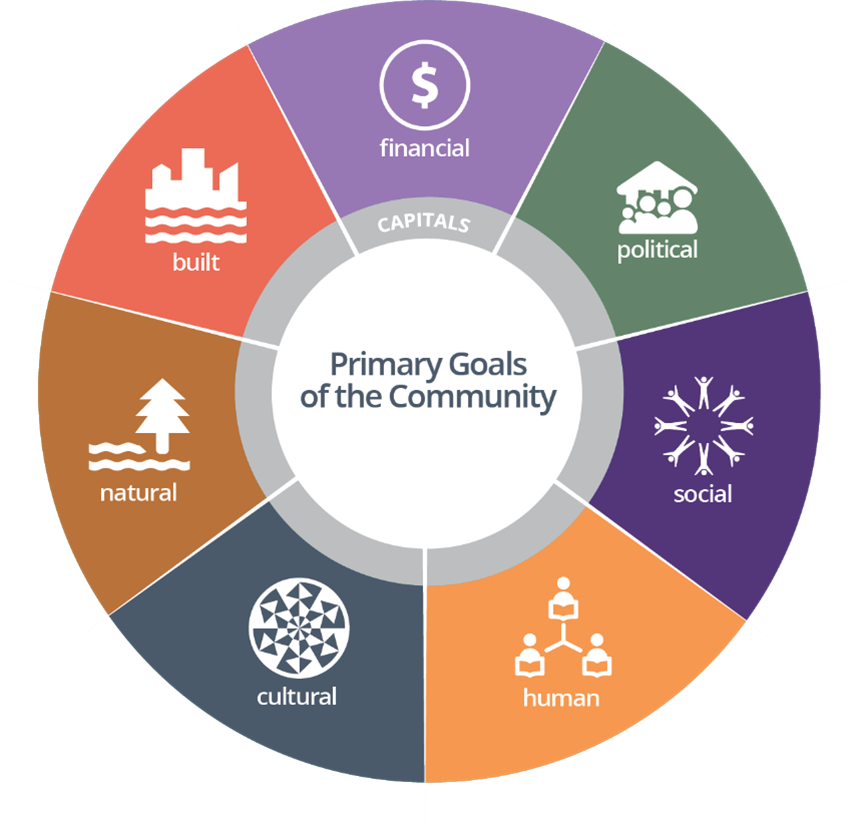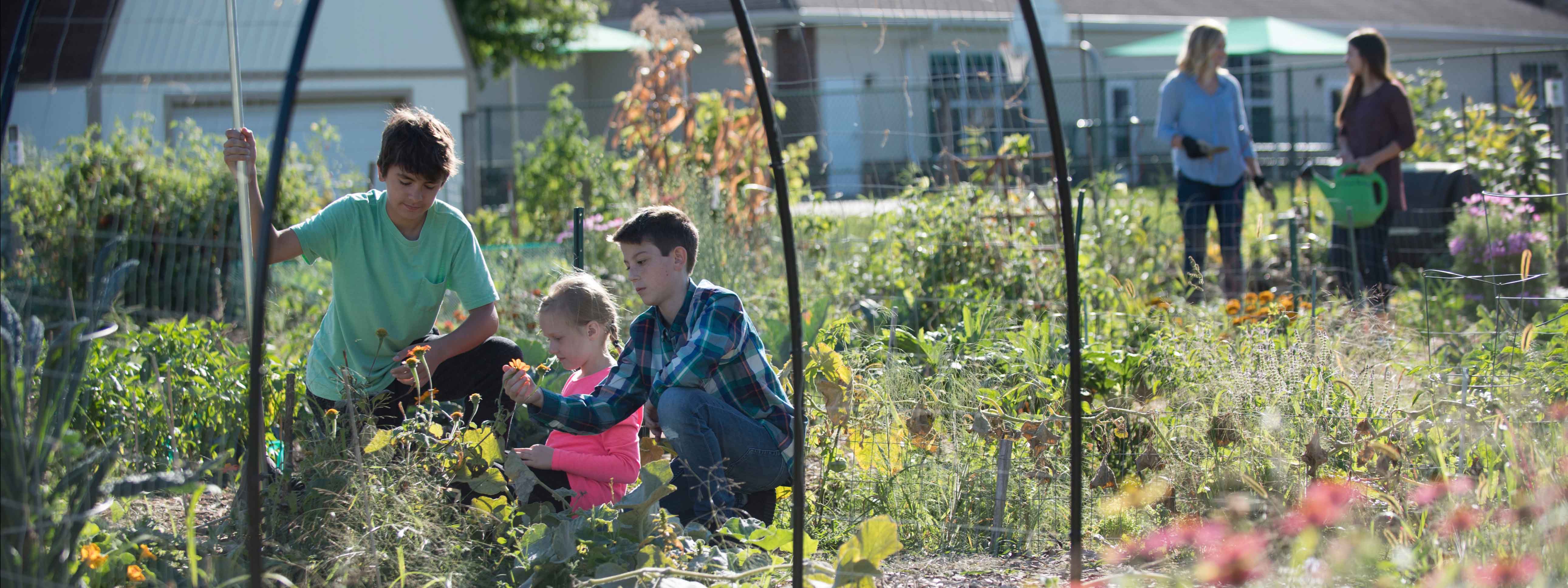How Are YOU Doing?
How Are YOU Doing?
Last week, I had the opportunity to present in Perry County, Indiana – a place I like to think of as a home away from home. While there, I had the chance to meet with our local Purdue Extension team and the highly dedicated and motivated (and volunteer!) Purdue Extension Board members to thank everyone for their service to Perry County.
The impetus for my trip was to deliver a keynote address at the Perry County Development Corporation annual dinner. My message was clear – communities across Indiana are wrestling with growth (or lack thereof) and development challenges. To successfully address these challenges, I brought up many themes I have been writing about over the past few years: empathy, design thinking, community economics, and asset-based community development. Undergirding it all is the Community Capitals Framework (CCF), the "contact lens that you should always use when examining the opportunities and challenges that your community is facing."

I highlighted different aspects of the CCF framework and reminded everyone that Human Capital should be considered two separate but related capital endowments. The most commonly recognized is each community member's education, skills, and experiences. We often quantify this as educational attainment at the individual level and workforce characteristics at the community level.
The other is health. Like education, health can be considered at the individual and community levels. Not surprisingly, there are many statistics that health professionals use to characterize your health status, just as you learn every time you visit your physician for your yearly checkup. The community level, however, requires a conceptual framework that not only aggregates individual health status but accounts for the behaviors and outcomes that contribute to the community's overall health status. Fortunately, County Health Rankings and Roadmaps provide an annual snapshot of community health at the county level.
Perry County has made excellent strides in its community health, as evidenced by its Health Ranking rising from 71st in the State in 2011 to 38th in 2023! Their story and others offer hope to communities struggling with health-related issues.
Unfortunately, the national picture tells a story that goes beyond health and human capital. Recently, two themes have received increased national attention: loneliness and substance use disorder. Both are related to the interaction between human and social capital.
Loneliness is an often overlooked killer. Yes, killer. The U.S. Surgeon General released a comprehensive report, "Our Epidemic of Loneliness and Isolation," and provides this stark insight:
"Loneliness is far more than just a bad feeling—it harms both individual and societal health. It is associated with a greater risk of cardiovascular disease, dementia, stroke, depression, anxiety, and premature death. The mortality impact of being socially disconnected is similar to that caused by smoking up to 15 cigarettes a day, and even greater than that associated with obesity and physical inactivity. And the harmful consequences of a society that lacks social connection can be felt in our schools, workplaces, and civic organizations, where performance, productivity, and engagement are diminished."
Murthy (2023, pg. 4)
I wrote about isolation back in April 2020 as we faced the advent of the COVID-19 pandemic. Back then, I was wringing my hands over the potential effects of physical and social distancing related to the pandemic. As we see now, the epidemic of loneliness is far more pervasive and destructive. The U.S. Surgeon General provides some excellent resources for individuals, institutions, organizations, and community development professionals to consider. Closer to home, I can't help but think about how Purdue Extension helps individuals, families, and communities forge strong social and human capital ties through volunteerism, coalition building, technical assistance, and leadership and civic engagement.
Concurrently, substance use disorder is on the rise across the United States, with historic levels of overdoses being recorded. This trend is driven by various factors, including the interaction between human and social capital, as well as the introduction and dissemination of lethal chemicals such as fentanyl and xylazine. In response, the Substance Abuse and Mental Health Services Administration (SAMHSA) has just released the "Engaging Community Coalitions to Decrease Opioid Overdose Deaths Practice Guide," an excellent resource for those wanting to learn more about combating this crisis. However, suppose your community wants a call to action and a proven pathway to successful strategy implementation. In that case, Purdue Extension has launched the "Taking Action to Address Substance Use in Communities (TASC)" program in several communities across Indiana and in the North Central Region of the United States.
Loneliness and substance use disorder are complicated to contend with at the individual and community levels. To be successful, it takes technical knowledge and resources alongside communication and collaboration. It also takes empathy and compassion, which takes me back to Perry County. Eighty community leaders were gathered in the room to support economic development efforts. It wasn't the typical discussion of data, incentives, and grants. Instead, the dialogue centered around assets and quality of life. The conversation begged the question, how can we become the place of choice for individuals, families, and businesses? How do we grow, attract, and retain our workforce? And, since empathy is the starting point of design thinking, we must start by genuinely asking the question:
"How are YOU doing?"
And we must listen and learn.


